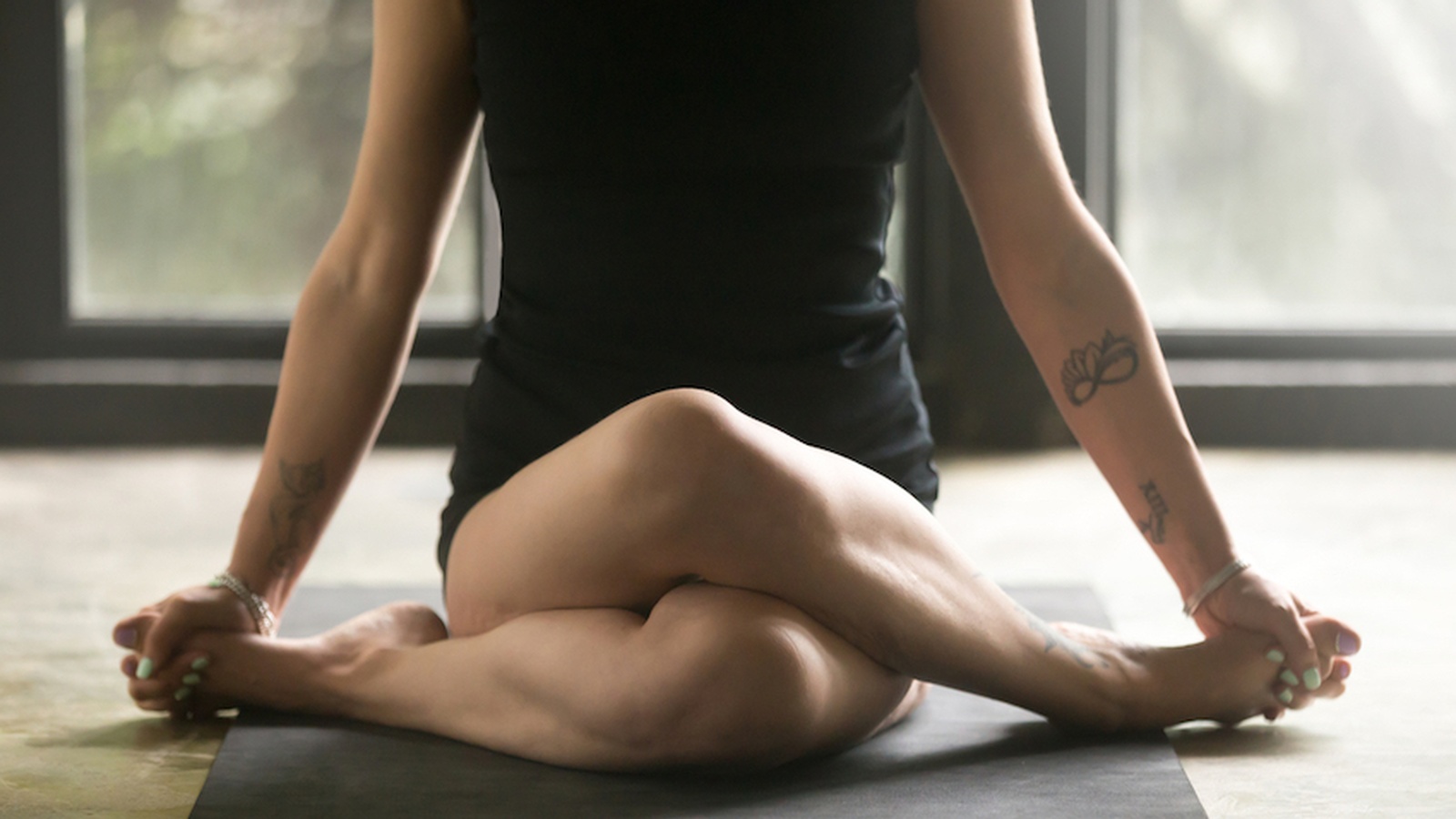Have You Tried Yin Yoga Yet?
Are you an experienced yogi? Or are you new to yoga? Do you maybe feel insecure about joining a yoga class? Whoever you are, whatever your body type, give Yin Yoga a try. As a yoga teacher and fitness trainer, I always say that everyone is different and not every activity is the right fit for you. Yin Yoga is different. I believe we should all practice Yin Yoga daily, even if it’s only for ten minutes. I could write a lot about it, about how it changed my life, how it changed my students’ lives, or how you need to approach the practice. Still and before all that here are a few things you should know about Yin Yoga.
Yin Yoga Can Be A Complementary Activity/Practice
The first time I tried Yin I thought it was a waste of my time. I was used to yang exercises, I was used to activities that will make me break a sweat. Holding a pose in silence for five minutes felt like I was doing nothing (although uncomfortable at first, so be prepared). However, Yin Yoga can be a great practice after a rigorous training. Some people practice Yin Yoga after a run, working on their connective tissue, or after resistance training, to calm their body down. It’s also great to alternate between yin and yang asanas during a yoga class, working both on your flexibility and your fascia.
Yin Yoga Can Help With Meditation
If meditation doesn’t come naturally to you, Yin Yoga _asanas_ can help you find your place. Like meditation, it doesn’t always work but you get the chance to let go and feel your body while holding the poses long enough. Because it requires for you to stay in a pose for long, you slowly focus more on your body and how it feels and less on random thoughts. Breathe into the _asanas_ and you’ll manage to focus more.
Yin Yoga Isn't About Alignment
What does this even mean? It means that the important thing is to feel the target area. Let’s say you want to “feel” your hip flexors, you want to exercise your tight hip flexors. The success of the exercise is exactly that, to work and feel the target area. It doesn’t matter if you need props to “feel” the work, it doesn’t matter if your leg is in a slightly different position (we are all different anyway), and you don’t need to “look” in a certain way during the _asana_. The starting point is the target area and how it feels for you. If you can’t bring one leg on top of the other, try it your way.
Yin Yoga Is About (Self) Acceptance
This is what I fell in love with when I started researching and learning a bit more about Yin. Unlike other types of yoga and training, yin yoga only focuses on the area that we try to work on. It’s not about the way it looks and it’s not about the way we manage or not to do it. There’reasanas that we might not be able to do, not because we’re not good yogis or because we don’t try hard enough but because our bodies are made this way. Think of our hip bones, our femur, the length of our arms, we are all different and no matter how much you practice there are things you can’t do the same way someone else can. And there’s no room for guilt or competition. You learn who you are and how your body works, you learn you’re special and different and still a great yogi.
So give Yin Yoga a try. Book time in your agenda (ten minutes every day) and practice some Yin asanas early in the morning and/or before bedtime. I’m sure you’ll get hooked like I did. And once you know how it feels and how your body reacts to the exercises, try to incorporate Yin to your other training activities. We need both Yin and Yang in our lives, we just need to work on balance.
Do you have a passion for nutrition & natural healing?. Learn more about the Food Matters Nutrition Certification Program here.


